
They all say “buying bags could cure all unhappiness”. When you are not happy, just buy a bag. Being practical and good-looking, making backpacks an indispensable item for many people to go out.
Backpacks, shoulder bags, messenger bags, handbags… What style of backpack do you like best?
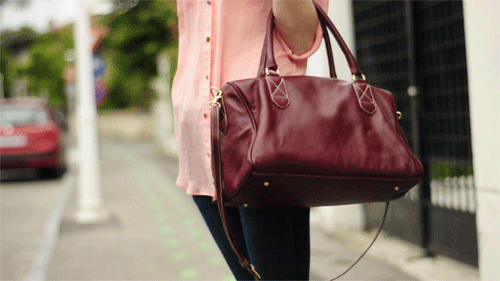
It is worth noting that if the backpack is too heavy and the wrong backpack or carrying bag posture, it can easily lead to fatigue, shoulder pain and backache. In the worst case, it can damage the shoulder muscles and even form high and low shoulders. Pros and cons of 6 backpack poses
How do different backpack postures affect health?
Carry the backpack correctly
Adjust the shoulder straps to make the backpack close to the back, buckle the chest strap and belt, so that when carrying the backpack, the pressure is evenly transmitted to the spine and back muscles through the two shoulder straps, which is the most friendly posture to the spine.
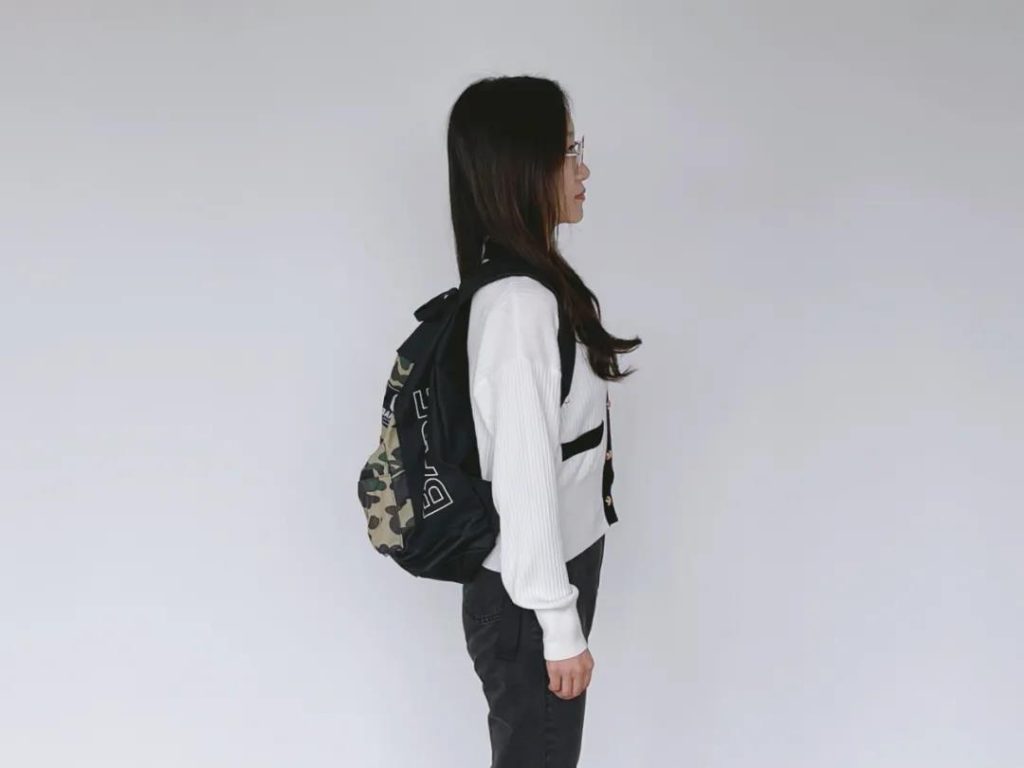
√messenger bag
The messenger bag can distribute the weight of the shoulder to the back and waist, which is more labor-saving than the single-shoulder backpack, thereby reducing the possibility of scoliosis. The shoulder strap of the messenger bag should be shortened as much as possible, and the bag should be placed on the abdomen, not on the sides.

When there are a lot of things and the backpack time is longer, the messenger bag is inferior to the backpack.
×Backpack shoulder strap is too long
If the shoulder strap of the backpack is too long, it will cause the backpack to fall back, and the shoulders will need more strength to ensure the stability of the backpack, and the trapezius muscle will be compressed; if the chest belt and waist belt are not buckled to share the weight, it is easy to increase the spine and back muscles. Burden.
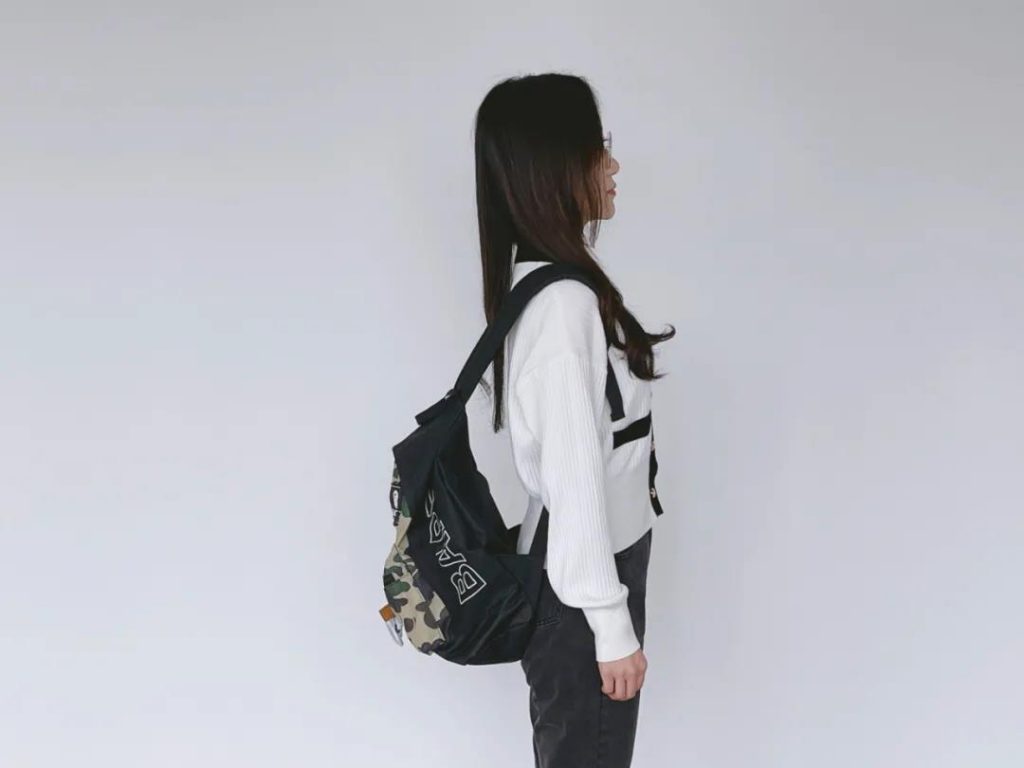
×carrying bags on single shoulder
All the weight of the bag falls on the shoulder belt. In order to resist the weight of the bag and prevent the shoulder belt from slipping, the shoulder joint and spine may be in an abnormal posture. In the long run, high and low shoulders, hunchback and scoliosis may be formed.
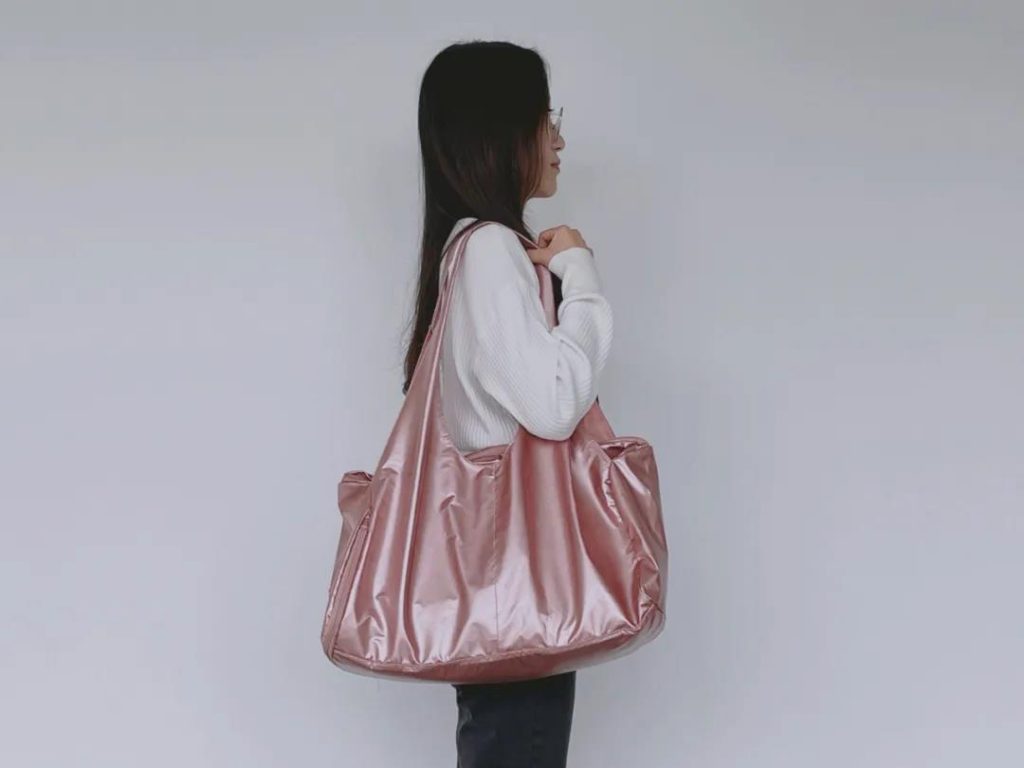
×Carrying bags by the arm
People with stronger biceps can withstand greater pressure and can easily cope with this backpack position. However, the pressure of the bag is concentrated on the elbow joint, which will compress the blood vessels and affect the blood circulation of the arm; in addition, there is also the possibility of forming high and low shoulders.

Carrying bags with the wrist and arm kept in the same line
The wrist and arm are kept in the same line, and the probability of high and low shoulders is low. However, the pressure of the bag is concentrated on the finger joints, and it is easy to fatigue to maintain this position for a long time.
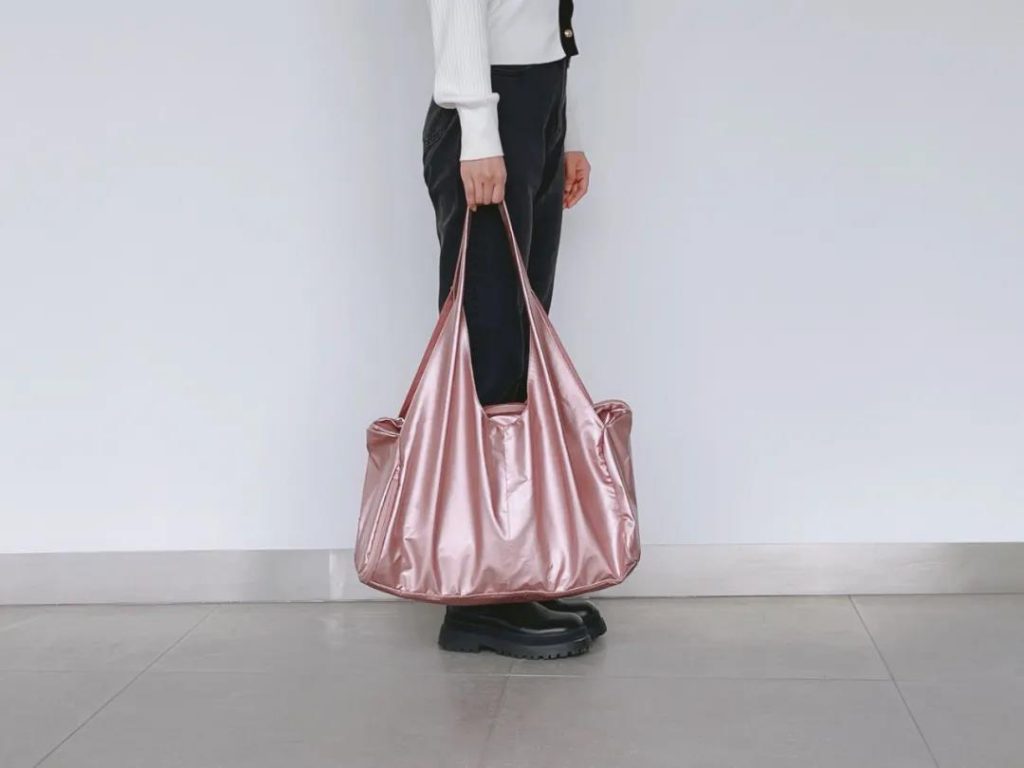
Too heavy bags will hurt bones
The main reason why backpack posture affects health is that the backpack is too heavy. In order to bear the extra weight, the muscle and bone need to pay a heavy price.

Sore neck
The weight of the backpack will make the neck unconsciously tilt to one side, while the muscles stretch and tighten at the same time, which can easily cause pain.
High and low shoulders
When only one shoulder is used for the backpack, in order to resist the weight of the bag and prevent the shoulder straps from slipping off, the shoulders of the backpack will unconsciously shrug, which will form high and low shoulders for a long time.
Scoliosis, kyphosis
Ann Wilmars, director of the Department of Physiotherapy at Northeastern University in Boston, pointed out that if you carry a bag of about 5 kg on your left shoulder, the muscles on the right side of the spine must produce 15-20 kg of force to maintain body balance. The unbalanced force exerted by the tissues will stretch the spine and cause bending, causing strain and inflammation.
Arm numb
Wrist in the same posture for a long time or excessive use of wrist force will lead to carpal tunnel syndrome due to repeated chronic fatigue injury. Therefore, it is best to avoid the posture of often carrying or pulling a bag.
Arthritis
Li Zijian, deputy chief physician of the Third Hospital of Peking University, reminded that negative weight is a high-risk factor for knee wear. The heavier the backpack, the greater the pressure on the knee joint, which is prone to joint problems and eventually lead to joint inflammation.
Backpack tips from orthopedic doctors
How to carry backpacks be both practically and healthily? Orthopaedic experts gave several suggestions.

Keep the backpacks light
The international society of spinal neuroscience suggests that the weight of double shoulder bag should be less than 10% of body weight, and that of single shoulder bag should be less than 5% of body weight. For example, for a person weighing 60 kg, the weight of a backpack should not exceed 6 kg and a shoulder bag should not exceed 3 kg.
Clean bags once a day
Donna smilin, a member of the American professional life Consulting Association, suggests that you should spend one minute checking and cleaning your backpack before going to bed every day, and take out some unnecessary things, such as invoices, pens, change or unfinished mineral water, which will make your bag more and more heavy unconsciously.
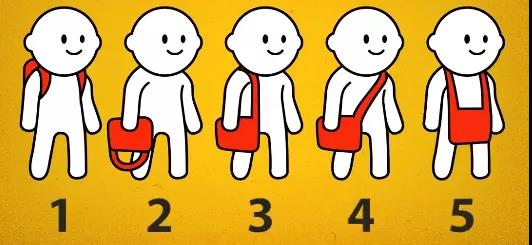
Select the right material
If you have a lot of things, you’d better choose nylon, cotton and canvas bags instead of leather bags that weigh a lot.
Things packed separately
Carrying a bag weighing 3 kg with both hands can more effectively relieve the pressure on the back and neck than a bag weighing 6 kg with one hand. So when there are too many things, it’s best to put them in two bags.
Change the bags to another side of your shoulders every 10 minutes
American Massage Association spokesman Dr. Cynthia Vaughn suggested that regardless of shoulder, back or hand, it is best to change the bag to the other shoulder or hand every 10 minutes, which can effectively prevent cervical and spinal strain.
Rest when you are tired
If you feel shoulder and back pain when backpacking, you’d better stop immediately and stretch for 1 minute. If the situation doesn’t allow, take the bag off your shoulder and clip it under your armpit for a few minutes.
Of course, if you already have sore shoulders and back pain, you’d better ask a doctor for help.
Comments